By: Jester Paul R. Bacabac
ONE OF THE most prominent features of Ilonggo culture is the presence of extraordinary colonial mansions in the vicinity. Mind you, these are not just the usual bahay na bato (stone house) because these perennial structures also serve as the fortress of the regal heritage of Iloilo, a storied place named as “La Reina Ciudad del Sur” (Queen City of the South) which reigned during the epoch of prosperity and stability after the Philippine American War, from the 19th century to the early 20th century. These resplendent mansions were erected by sugar barons even before the war period. The conspicuous architectural attributes of the houses speak of the strong Spanish influence in the design, construction, and ornamentation of buildings during those times.
Here are few of the spectacular ancestral manor houses in the area.
The Eagle House or Ledesma Mansion
This magnificent auld mansion is situated in Ortiz Street near Plaza Libertad. In accordance to the Spanish status quo, those living close to the plaza are the wealthiest. So, that speaks of the grandeur of this manor.
The Eusebio Villanueva Mansion
This well-preserved antediluvian abode is located in front of many government offices like the Provincial Capitol, Tourism Office, and Hall of Justice.
The Antillian House of Sanson-Montinola
This antillan house built by Don Emong Montinola is located along E-Lopez St., Jaro beside Colegio de San Jose.
The Nelly’s Garden
Named after the daughter of its original owners Don Vicente Lopez y Villanueva and Donya Elena Hofilena y Javelona in 1928, this opulent manse is being hailed by many as the queen of all old houses in Iloilo. The architectural composition is patterned after Tara, the estate house of the novel, ” Gone With the Wind”.
The Jalandoni-Montinola Mansion
This house near Jaro Plaza is built by Don Rodrigo Montinola, married to Dna. Felisa Jalandoni in 1928 during the second World War.
The Ledesma Mansion
This antiquated mansion erected across Jaro Plaza is owned by Rosario Lopez Javelona and Don Luis Ledesma.
The Lizares Mansion
The Lizares mansion is the image of Ilonggos wealth. It is now within a school property and this mansion houses Angelicum School’s chapel. During Christmas season, this house is lit up with thousands of Christmas lights transforming it into a wonder house.
Indeed, these ancestral houses are objectifications of Ilonggo coolturerific!
*Note: Palanublion is a Hiligaynon (language used in the region) word meaning inheritance or heirloom.
Source:
Iloilo’s Old Houses and Mansions: Best Places to See and Visit in Iloilo

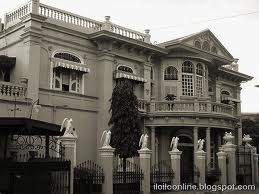
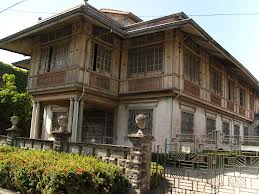

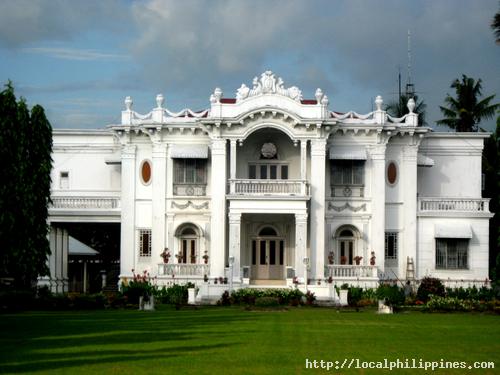
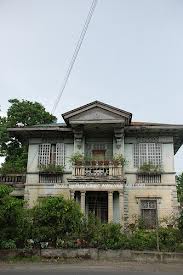
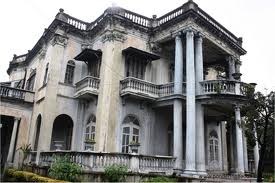


Just curious about the interiors…
:-). The Ledesma Mansion was boarded up in my visit but the gate was ajar, inviting the curious me inside